What is hydroponic nutrient solution?
In hydroponic cultivation, plants are grown in a nutrient-rich water solution instead of traditional soil. The hydroponic nutrient solution is a specially formulated mixture of essential nutrients required for plant growth. The hydroponic nutrient solution aims to provide all the necessary elements in the right proportions to support healthy plant growth and development. The composition and concentration of the nutrient solution may vary depending on the specific plant species, growth stage, and environmental conditions. Regular monitoring and adjustment of the nutrient solution are crucial to ensure optimal plant nutrition in hydroponic systems.
What nutrients and trace elements are needed for hydroponics?
Nitrogen (N): Essential for promoting leaf and stem growth and protein synthesis in plants.
Phosphorus (P): Critical for energy transfer, DNA synthesis, and root development, playing a crucial role in overall plant growth and development.
Potassium (K): Regulates water balance, enhances plant disease resistance, and improves fruit quality.
Calcium (Ca): Promotes cell division, cell wall formation, and structural stability in plants.
Magnesium (Mg): Constituent of chlorophyll, involved in photosynthesis and various biochemical reactions.
Sulfur (S): Important component of protein synthesis, playing a vital role in plant growth and development.
Iron (Fe): Essential for chlorophyll synthesis and oxygen transportation, critical for photosynthesis and respiration in plants.
Zinc (Zn): Micronutrient involved in plant growth regulation, enzyme activity, and hormone synthesis.
Manganese (Mn): Micronutrient involved in photosynthesis, nitrogen metabolism, and enzyme activity.
Copper (Cu): Important enzyme activator for photosynthesis, respiration, and antioxidant reactions in plants.
Popular hydroponic cultivation methods
"DEF" and "NFT" are popular hydroponic cultivation methods used in agriculture or horticulture for controlled plant production in an environment. Each method has its own characteristics and advantages. Here is a brief introduction to each method:
Deep Water Culture (DEF): The core idea of DEF is to place the plant's roots in a nutrient solution, allowing them to directly absorb the essential nutrients. In this system, an air pump is often used to oxygenate the solution, ensuring that the roots receive sufficient oxygen. This method allows plants to grow in a controlled environment, potentially resulting in faster growth rates and higher yields compared to traditional soil-based cultivation. There are various DEF cultivation systems available in the market for home or commercial use, such as brands like IDOO, LeTpot, and Aerogarden. These systems typically include a container, an air pump, an air stone (to disperse bubbles throughout the solution), and a plant net pot. The plant net pot is suspended in the solution, allowing the roots to come into contact with the nutrient solution and oxygen.
The advantages of these systems include easy operation, low maintenance costs, and suitability for beginners. With these systems, users can cultivate various vegetables, herbs, and ornamental plants. Additionally, they enable faster plant growth and minimize the impact of diseases and pests due to the controlled environment.
However, it is important to note that while this method allows for rapid plant growth, it may also present some challenges. For example, if the air pump stops working, the plants can quickly die. Additionally, maintaining the nutrient balance in the water is crucial to prevent growth issues. Overall, these systems offer an efficient and convenient cultivation method, especially for those who wish to grow fresh vegetables and herbs at home.
NFT (Nutrient Film Technique): This is another hydroponic system in which a thin film of nutrient solution flows over the plant roots on a slope. The plant roots are exposed to the air, and the nutrient solution gently flows through a specially designed tray. The advantages of this system include efficient use of water and fertilizers, as well as ease of harvesting. However, if the pump system fails, it can quickly lead to plant death.
However, I understand that preparing all of this can be challenging for beginners, and you also need to acquire specialized knowledge. Fortunately, many new intelligent hydroponic growing systems are available, making it easier for you to start your indoor hydroponic garden.
If you're interested, try the LetPot Hydroponic System, the best companion to hydroponic nutrient solutions, with innovative automatic watering and nutrition features and app integration. With these features, you can easily start hydroponic cultivation even if you are a novice gardener.
Methods and Classification of Nutrient Solution Cultivation.
The methods of hydroponic cultivation can be classified based on whether a solid medium is used or not. Here is a classification of various hydroponic cultivation methods based on this criterion:

It is important to note that the use of these systems is not mutually exclusive. For example, you can use a deep water culture system but add some solid medium, such as rockwool or coconut coir, in the net pots to help secure the plant roots and maintain some moisture. Such combinations can optimize your hydroponic system based on specific cultivation requirements.
The importance of oxygen in the Nutrient hydroponics
In hydroponic systems, the importance of oxygen in the nutrient solution cannot be overstated. Plant roots require oxygen for cellular respiration, a process crucial for nutrient uptake and growth. Insufficient oxygen can lead to stunted growth or even root death. Different hydroponic systems handle oxygen supply differently.
A circulating or recirculating Nutrient Film Technique (NFT) system involves continuously pumping a thin layer of nutrient solution over the roots, which are suspended in air. The thin film of flowing water is designed to maximize oxygen exposure to the roots. Meanwhile, the constant recirculation exposes the nutrient solution to air, helping to keep it oxygenated.
Deep Water Culture (DWC or DFT for Deep Flow Technique), on the other hand, typically uses an air pump and air stone to oxygenate the nutrient solution. The plant roots are submerged in the nutrient solution, but the constant bubbles produced by the air stone ensure the roots have plenty of access to oxygen. In recirculating DWC systems, the nutrient solution is also periodically exposed to air, which aids in oxygenation.
Various types of substrate-based hydroponics systems, where plants grow in an inert medium, use different methods to maintain oxygen levels. In Flood and Drain (also known as Ebb and Flow) systems, the grow bed is periodically flooded with nutrient solution, then drained, which draws fresh air in around the plant roots. In Drip systems, the constant drip not only delivers nutrients but also exposes the roots and the nutrient solution to air. In media like perlite, vermiculite, and coconut coir, the spaces between the media particles also provide room for air, helping to ensure the roots have adequate oxygen.
In any hydroponic setup, oxygenation is a key consideration. Regardless of whether the system is a water culture system like NFT or DWC, or a substrate-based system, it's essential to ensure that the plant roots have sufficient access to oxygen. Different systems achieve this in different ways, but all aim to optimize the balance of nutrients, water, and oxygen available to the plant roots.
How to Oxygenate a Nutrient Solution?

Oxygenating your nutrient solution in a hydroponic system is essential for optimal plant growth. there are some common methods for oxygenation:
-
Falling Water: This involves pumping your nutrient solution to a height and allowing it to fall back into your reservoir, a method that can introduce significant amounts of oxygen due to the increased exposure to the atmosphere.
-
Mist/Spray Systems: In this method, a fine mist or spray of nutrient solution is generated, significantly increasing the surface area of the solution exposed to air, allowing more oxygen to be dissolved.
-
Agitation/Stirring: Stirring or agitating the nutrient solution can improve oxygen levels. An impeller, or stirring device, creates movement and turbulence in the water, which helps oxygen to dissolve into the solution.
-
Compressed Air: This method involves using an air pump to force air into the nutrient solution, typically through an air stone to create fine bubbles. The bubbles increase the surface area of air in contact with the water, allowing more oxygen to dissolve.
- Large Surface Area Contact: This approach involves maximizing the surface area of your nutrient solution that's in contact with air. This can be achieved through various means such as a wide and shallow reservoir or a system like NFT where a thin film of water flows over a flat surface.
On the contrary, systems with minimal surface area contact between the nutrient solution and air, like deep and narrow reservoirs, can face challenges in maintaining adequate oxygen levels. They often require supplementary oxygenation methods such as air stones or water pumps.
Temperature also plays a crucial role in the oxygenation of your nutrient solution. Cold water can hold more dissolved oxygen than warm water. As the temperature rises, the capacity of the water to hold oxygen decreases, which can cause oxygen deficiency in your plants. Hence, it is crucial to monitor and control the temperature of your nutrient solution, ensuring it remains within an optimal range (generally, 18-22°C or 65-72°F) for oxygen solubility and plant health.
How to regulate and control nutrient solution?
The regulation and control of the nutrient solution is a critical aspect of managing a hydroponic system. This involves monitoring and adjusting various parameters, including pH, nutrient concentration, temperature, and oxygen levels, to create optimal conditions for plant growth.
pH plays a vital role in the nutrient absorption process. If the pH level is too high or too low, it can impede the plants' ability to uptake certain nutrients, even if those nutrients are present in the solution. Most plants prefer a slightly acidic pH range, typically between 5.5 and 6.5. Regularly checking and adjusting the pH level of the nutrient solution is therefore necessary to maintain optimal nutrient availability.
Nutrient Concentration also needs to be closely monitored. Both under and over-fertilization can harm the plants. A common method to measure nutrient concentration is by checking the electrical conductivity (EC) of the solution, which will increase with the number of dissolved nutrients. Different plants have different nutrient requirements and can tolerate different EC levels.
Temperature of the nutrient solution affects both the plants and the nutrient solution itself. As previously mentioned, temperature affects the oxygen holding capacity of the water – colder water can hold more oxygen. However, the temperature should also be comfortable for the plant roots, typically between 18-22°C or 65-72°F.
Water quality can also have a significant impact on the nutrient solution. The water quality in terms of its mineral content and purity can affect the overall composition of the nutrient solution. If the water has high levels of minerals (hard water), these minerals can interact with the nutrients in the solution, potentially causing nutrient imbalances or deficiencies. Additionally, if the water is not clean and contains contaminants or pathogens, it can lead to plant disease. Using filtered or purified water can often result in a more stable and controlled nutrient solution.
Each of these factors interacts and can influence plant health, making regular checks and adjustments crucial for successful hydroponic cultivation.
Using a Complete Fertilizer only
Hydroponic nutrient solutions are designed to be fully water-soluble, providing plants with all the essential nutrients they need for growth and development directly through the water. This forms a simple and efficient approach to plant nutrition, requiring only one type of fertilizer to be purchased. These solutions are created to provide a balanced nutrient mix, suitable for a variety of plants. Furthermore, with the use of a single fertilizer injector, the preparation of the nutrient solution is streamlined.
Various commercial brands offer nutrient solutions, each with its strengths and weaknesses. For instance, some benefits of these nutrient solutions include their high solubility and quick readiness for use, along with well-packaged products ensuring a longer shelf life. The single-use bottles are convenient and reduce the chance of contamination, providing an all-in-one solution for hydroponic plant nutrition.
However, there are also potential drawbacks. A general-purpose nutrient solution may not be ideal for specific plant species that have unique nutrient needs. Additionally, frequent usage of the solution can lead to the need for more frequent purchases, which may not be cost-effective for larger operations.
Complete fertilizers, which are widely commercially available, are often favored for their convenience and ease of use. They include all the necessary macro and micronutrients in one package, simplifying the fertilization process.
When choosing a nutrient solution, it's important to consider the specific needs of your plants and the type of hydroponic system you are using. Success in hydroponic gardening depends not only on the nutrient solution but also on careful management of factors like light, temperature, pH levels, and oxygenation. It's essential to maintain a holistic view of your system's requirements and to adjust each variable in harmony with the others for optimal results.
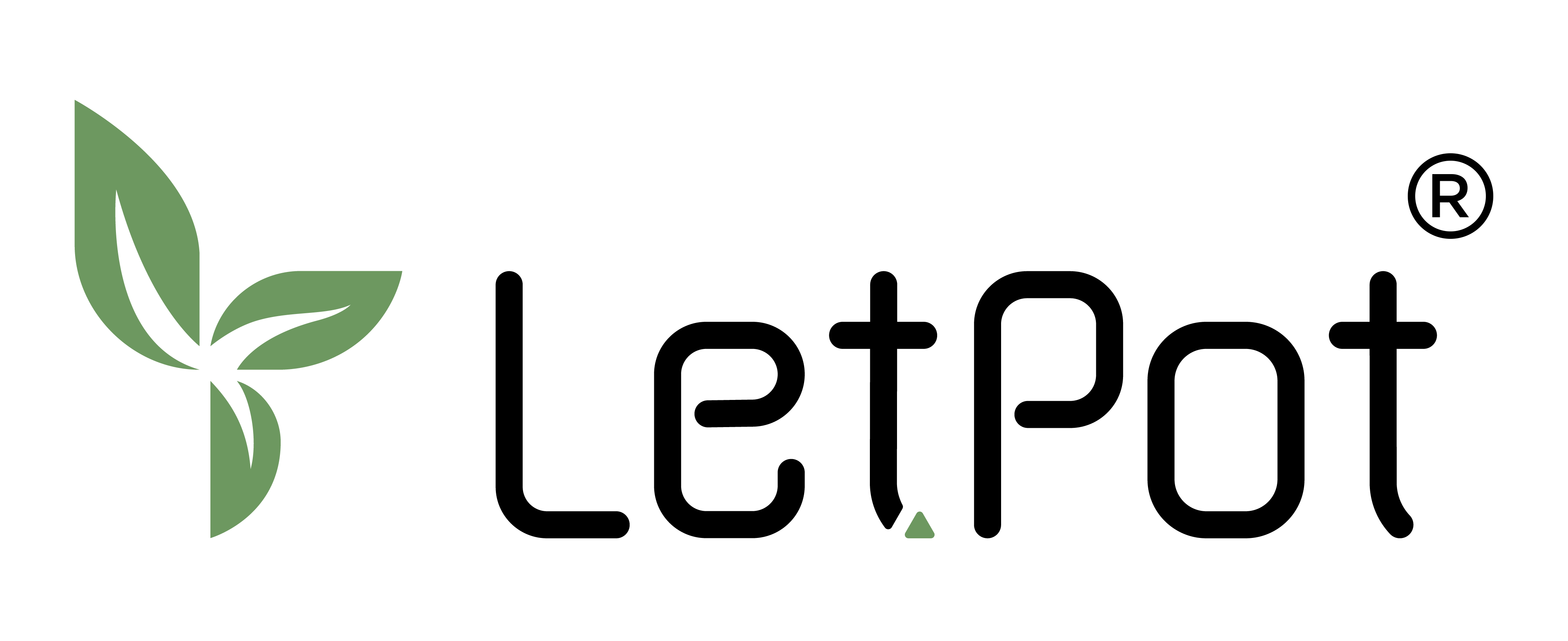

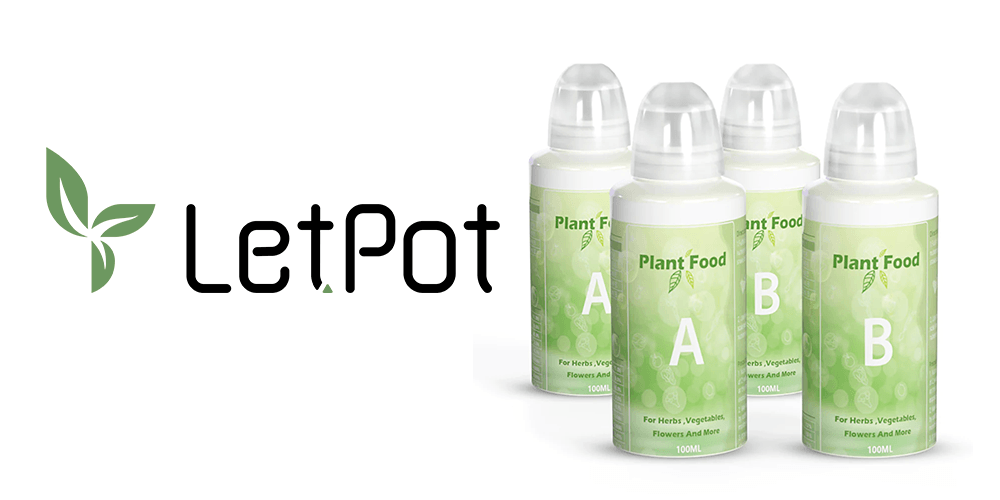


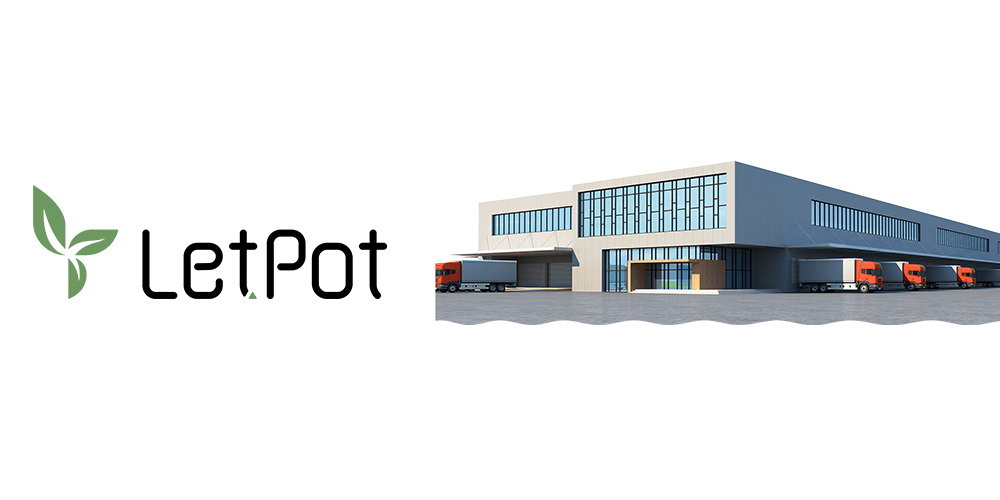
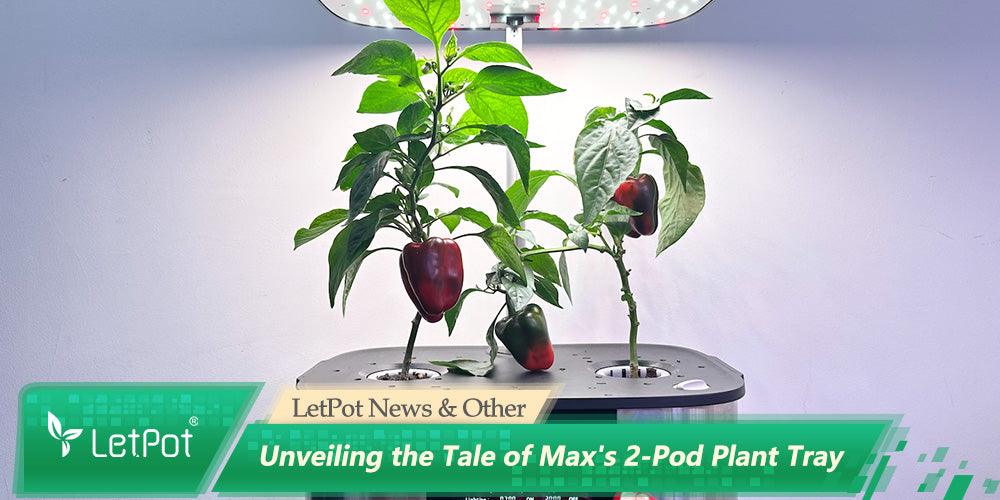
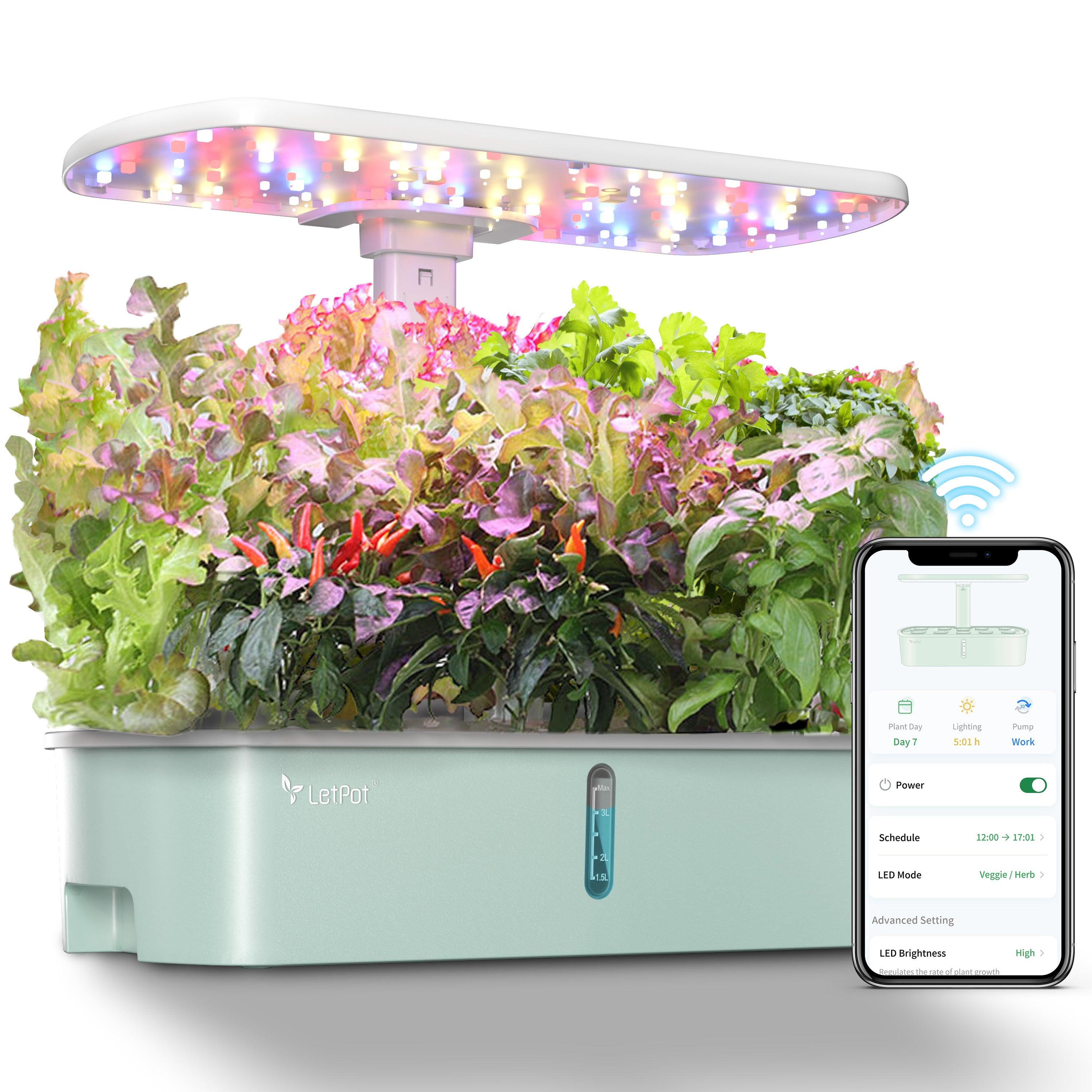
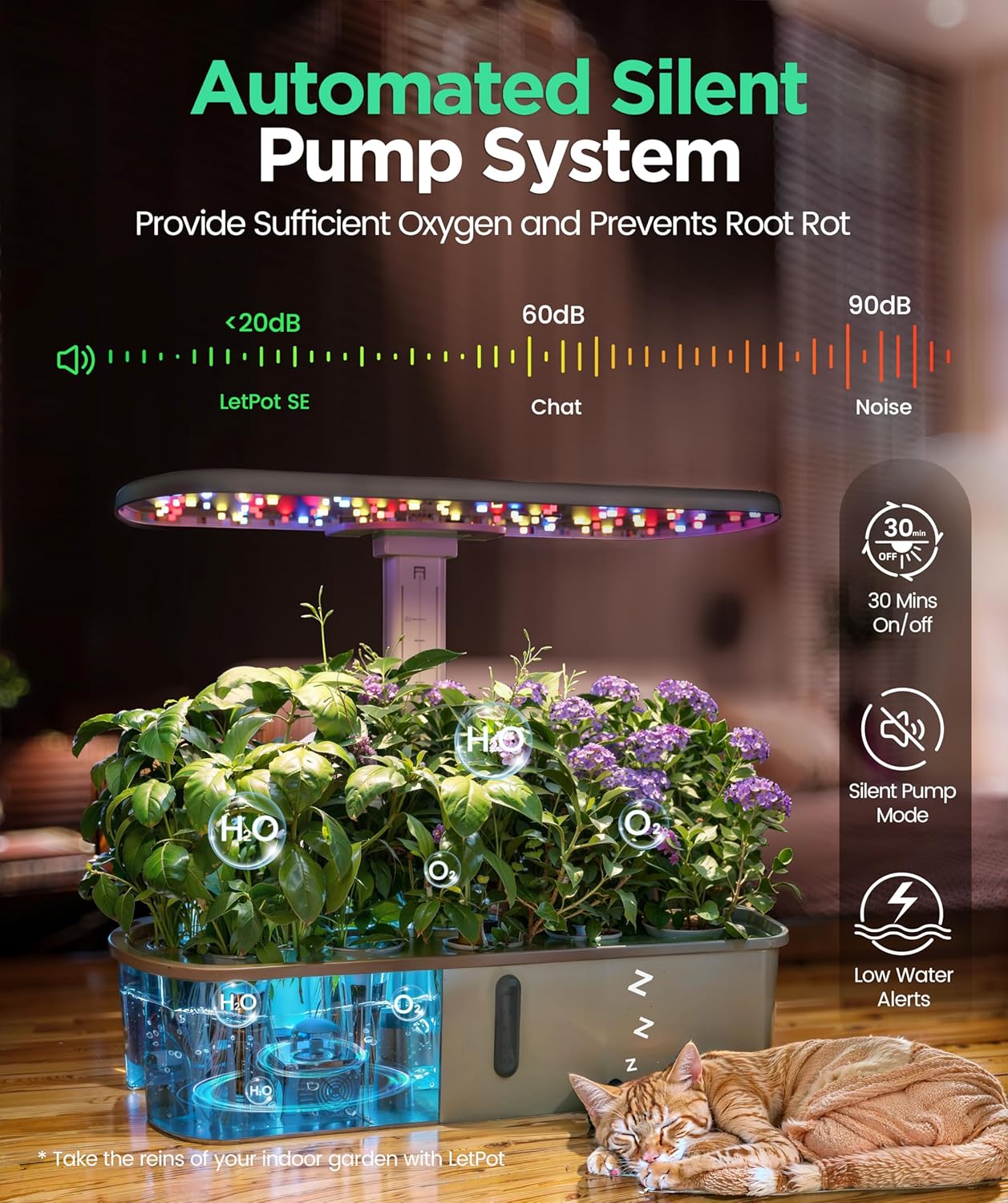
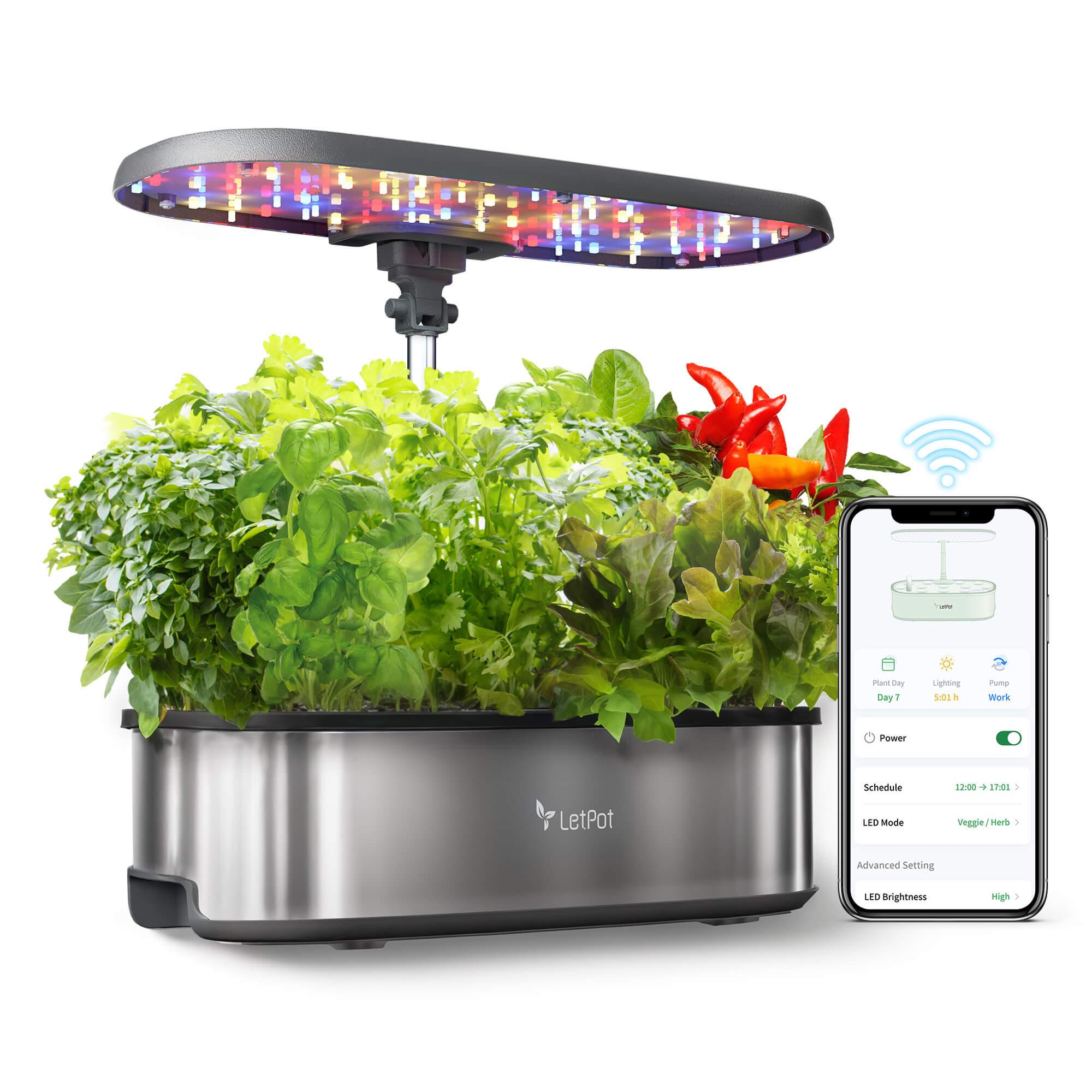
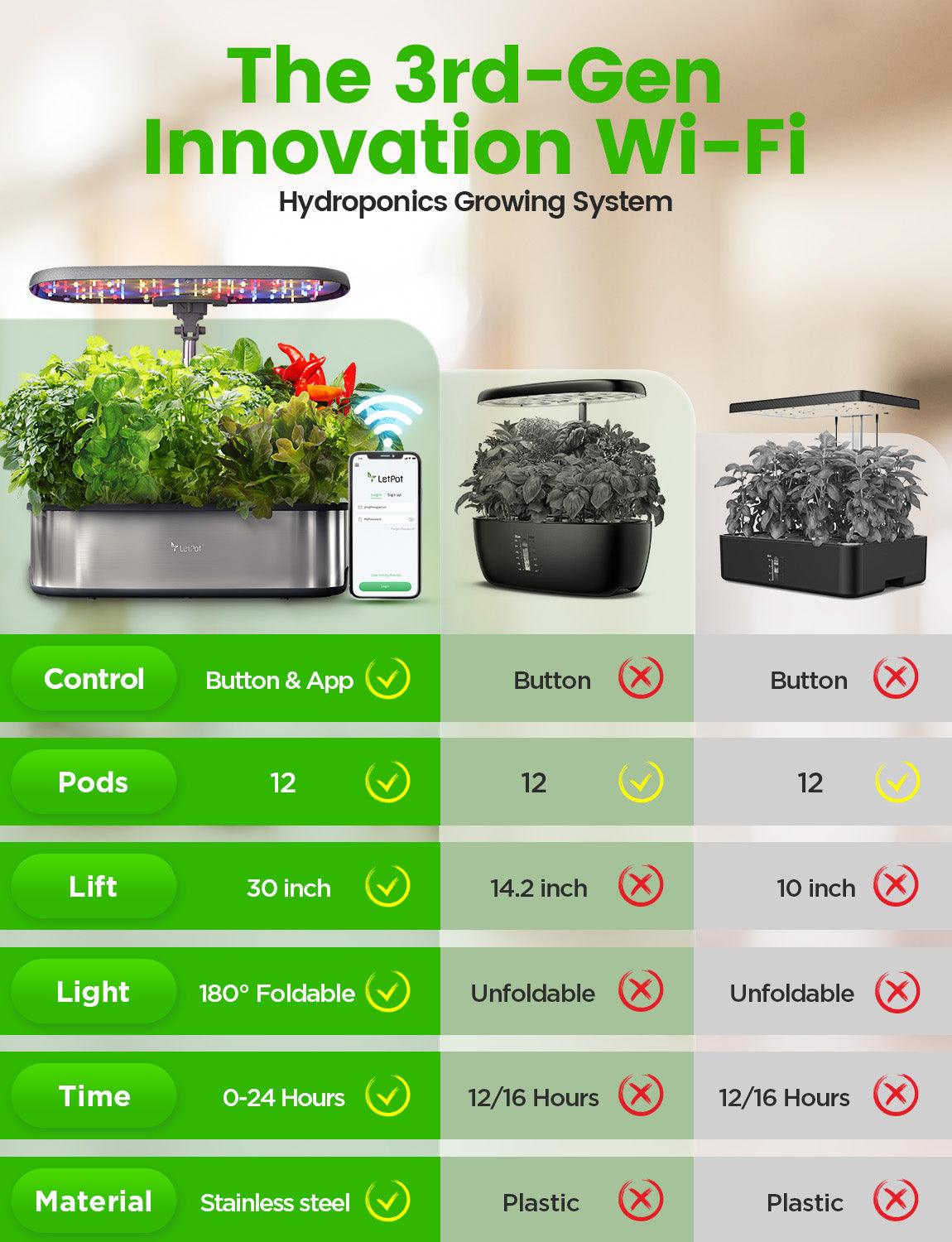
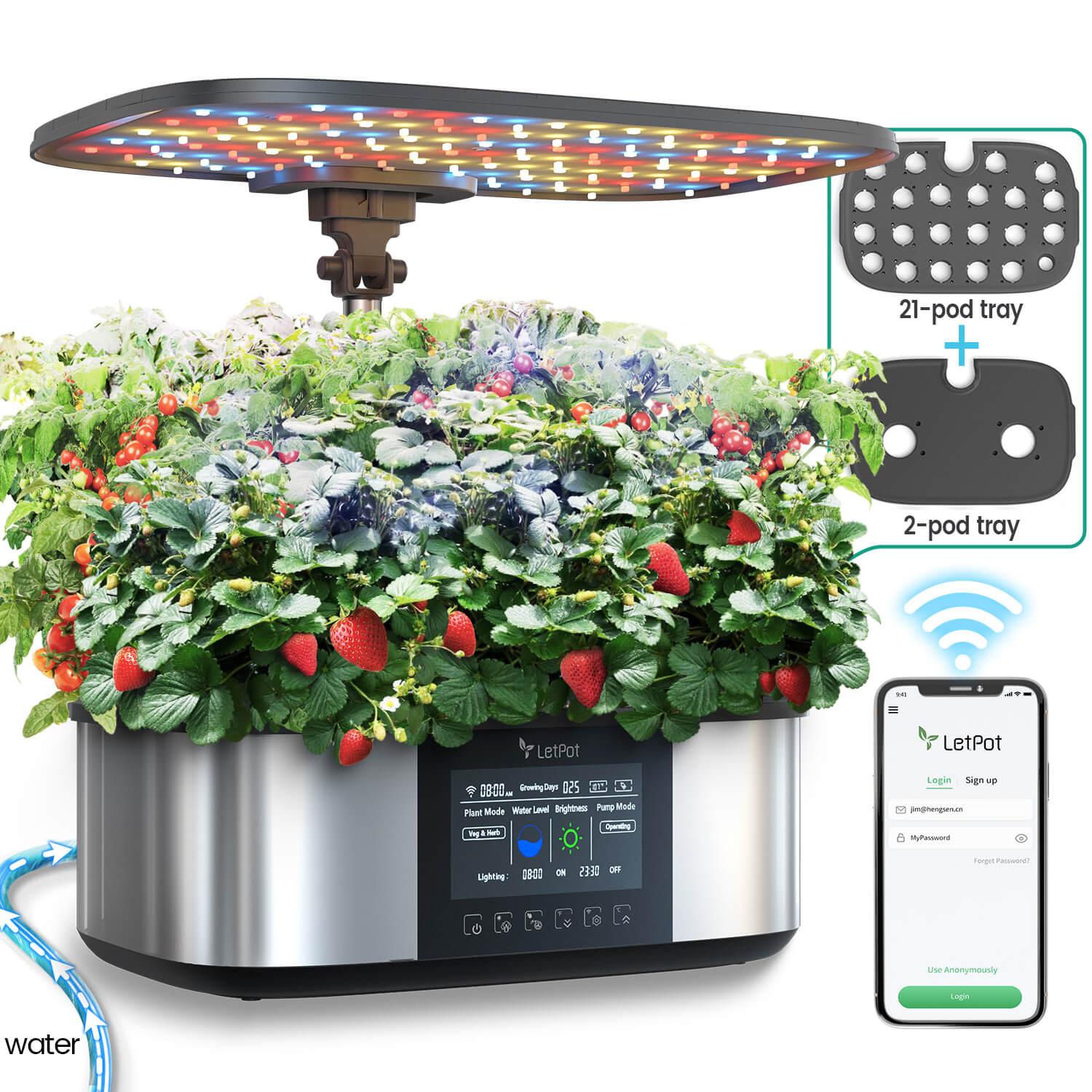

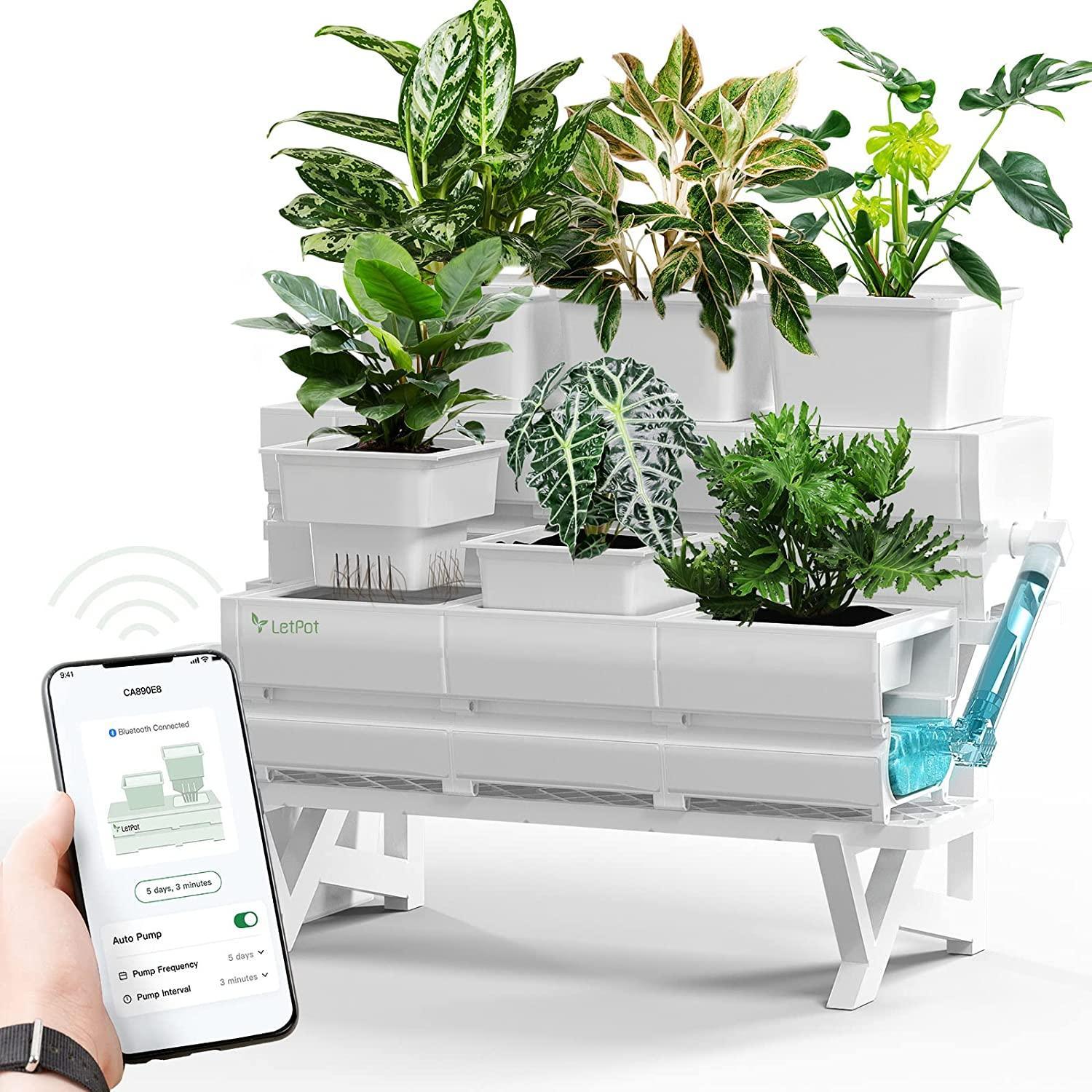
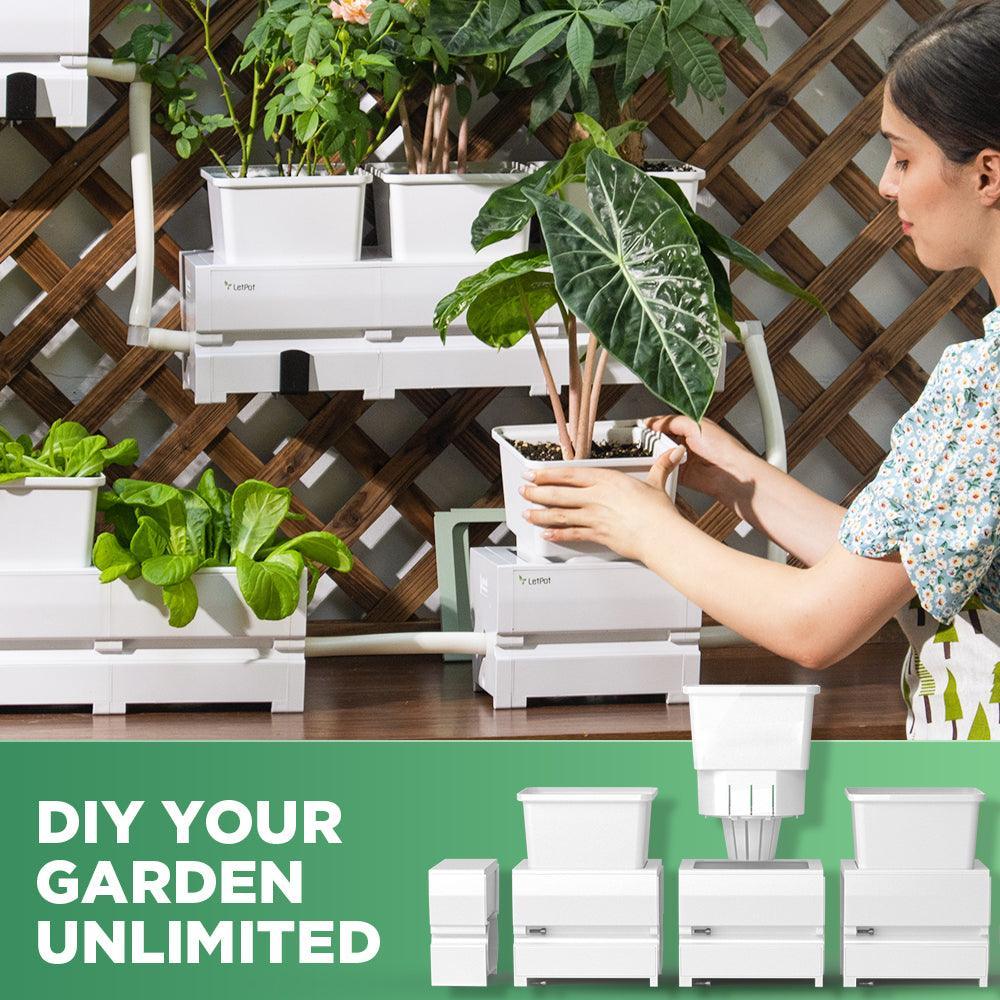
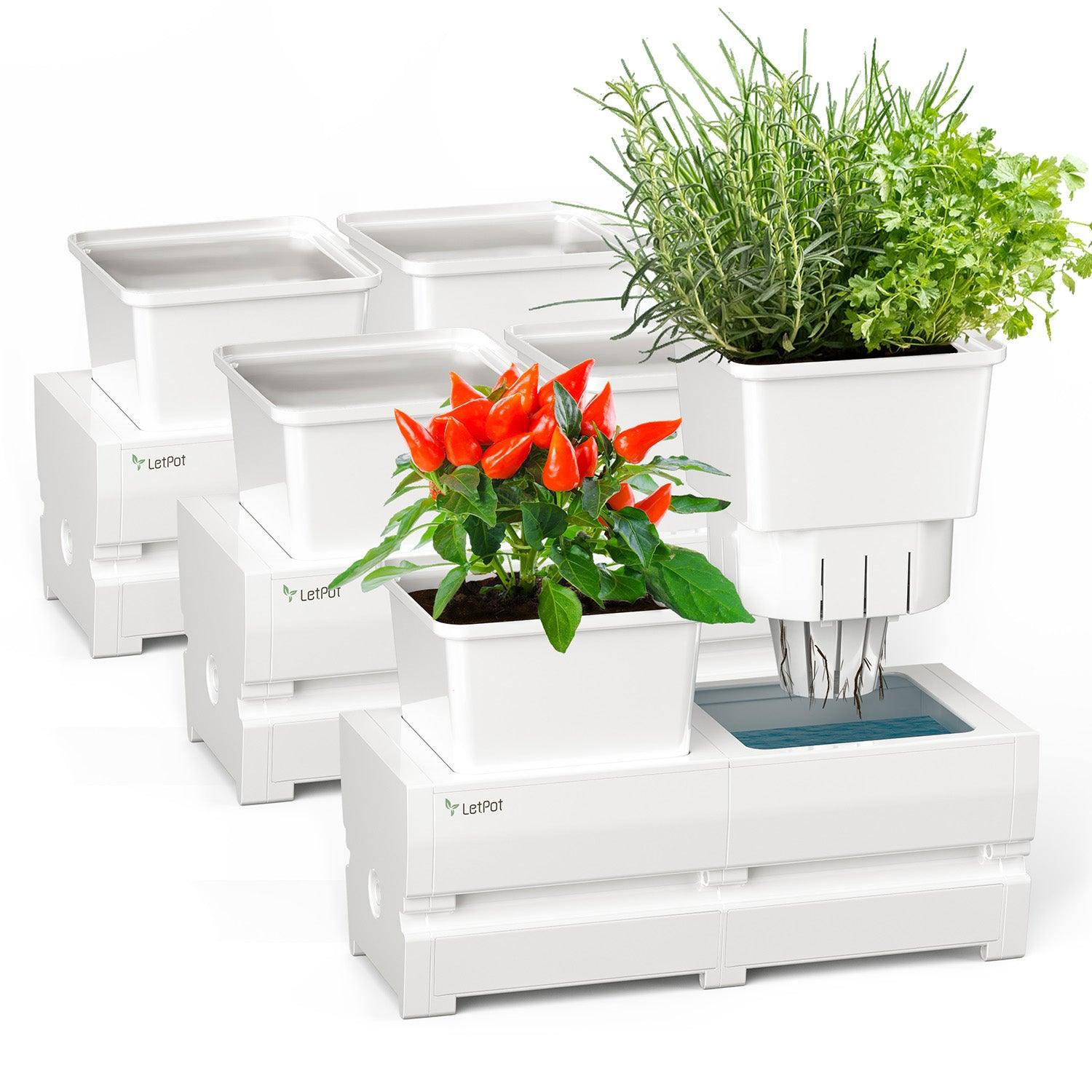
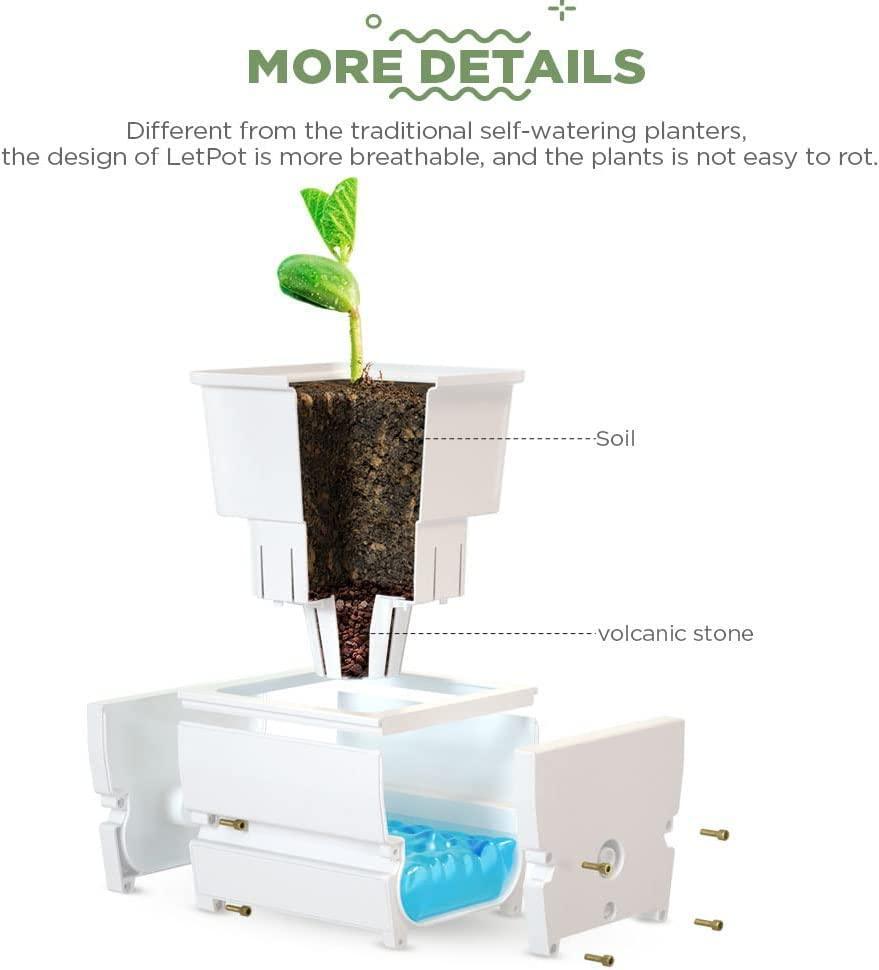
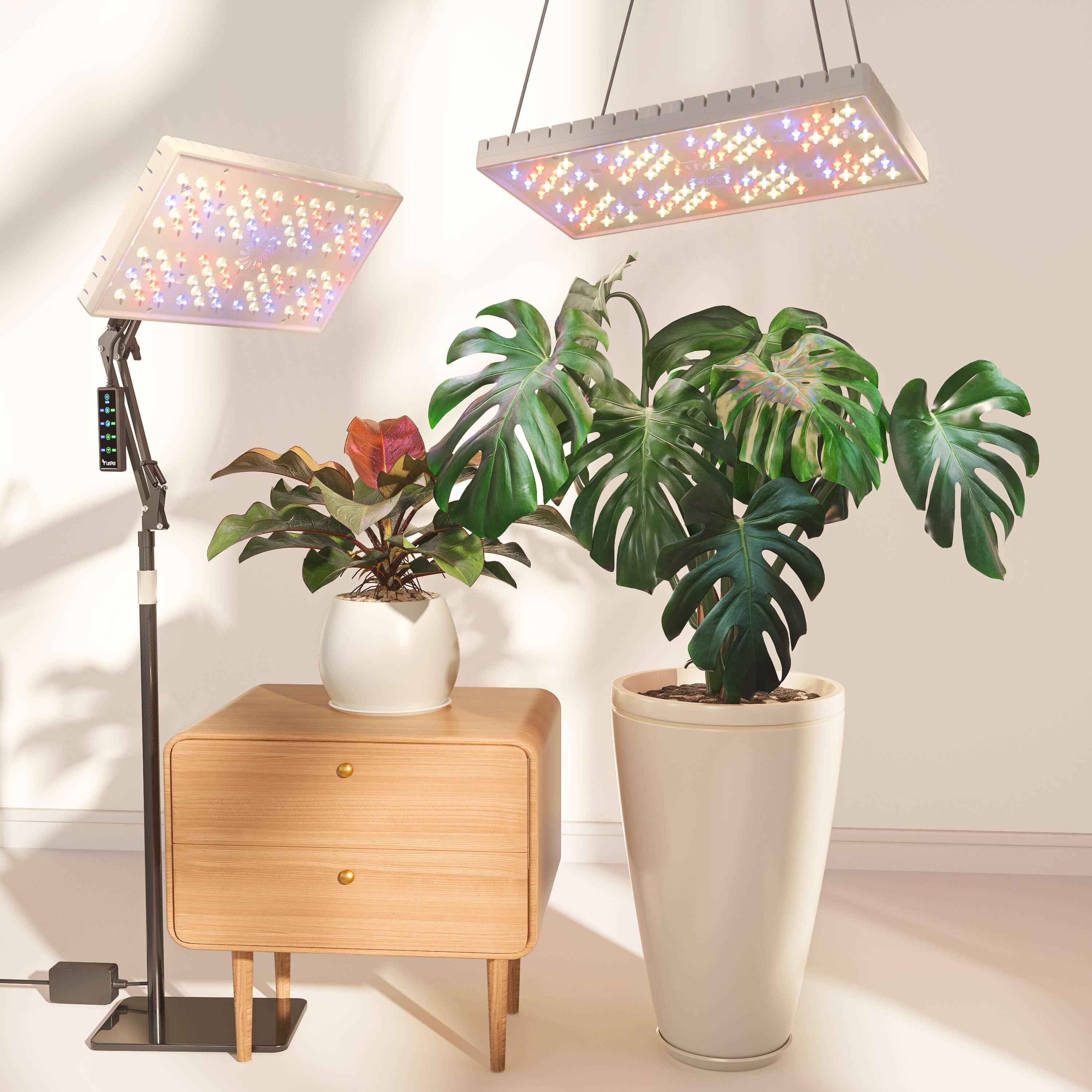
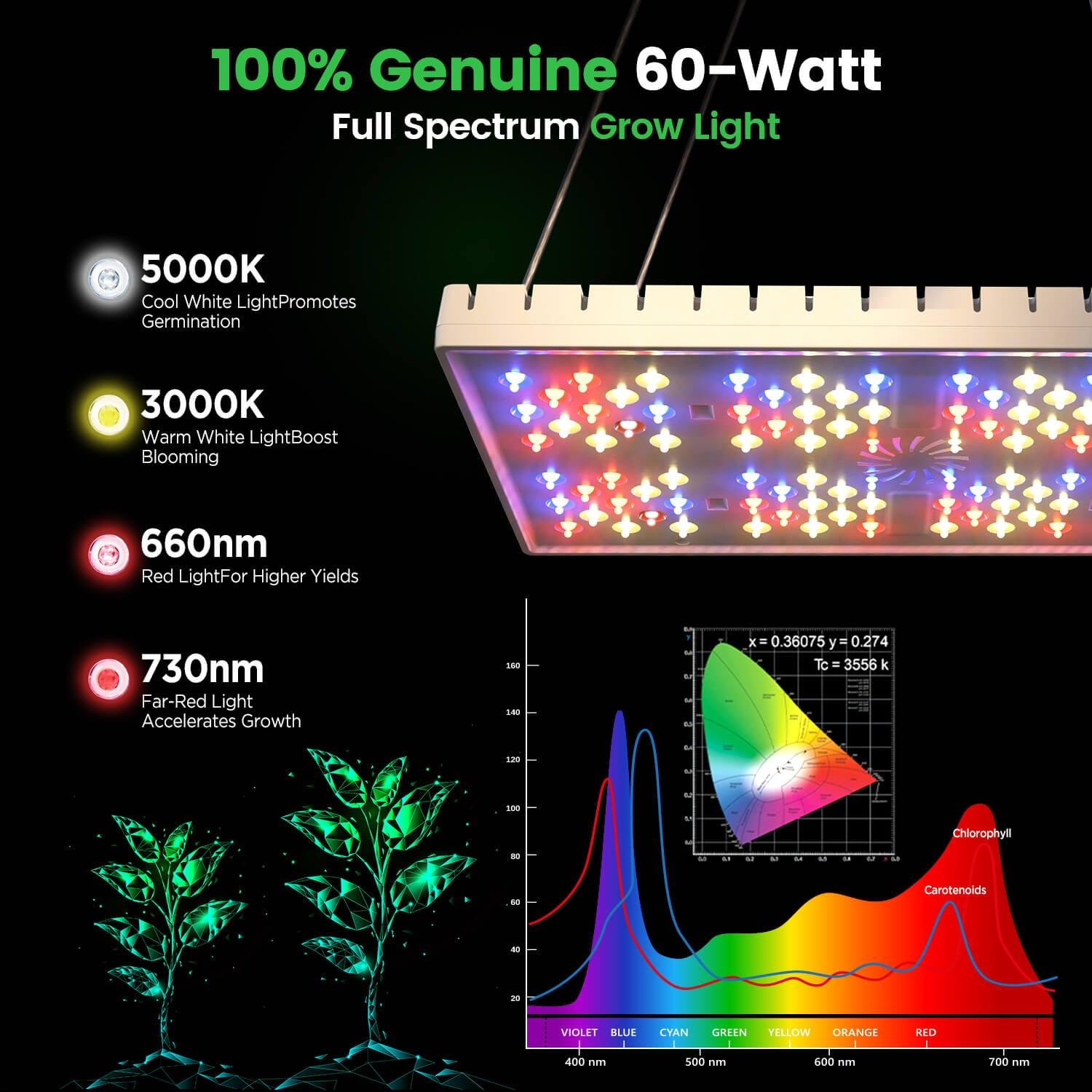
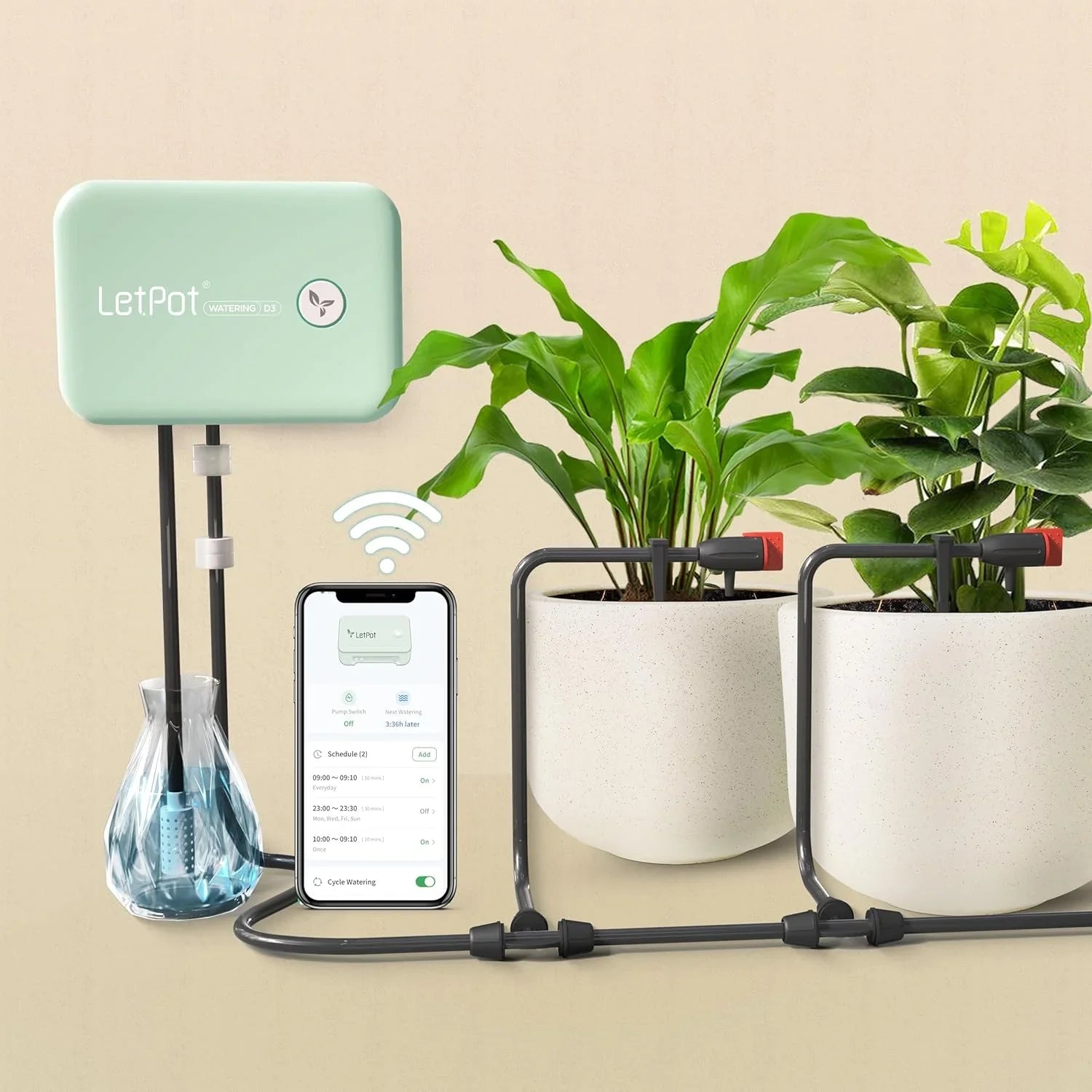
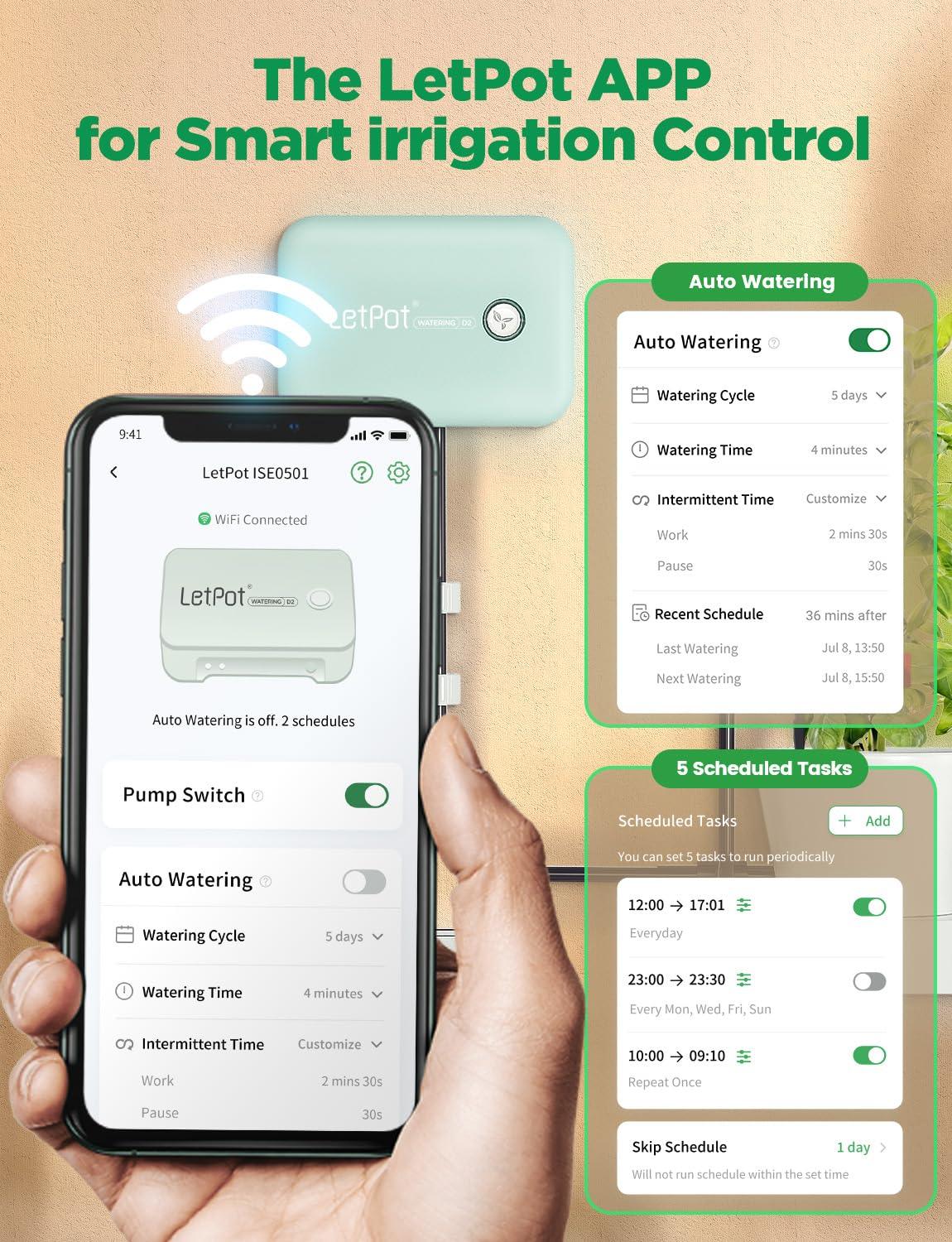


Leave a comment
All comments are moderated before being published.
This site is protected by hCaptcha and the hCaptcha Privacy Policy and Terms of Service apply.